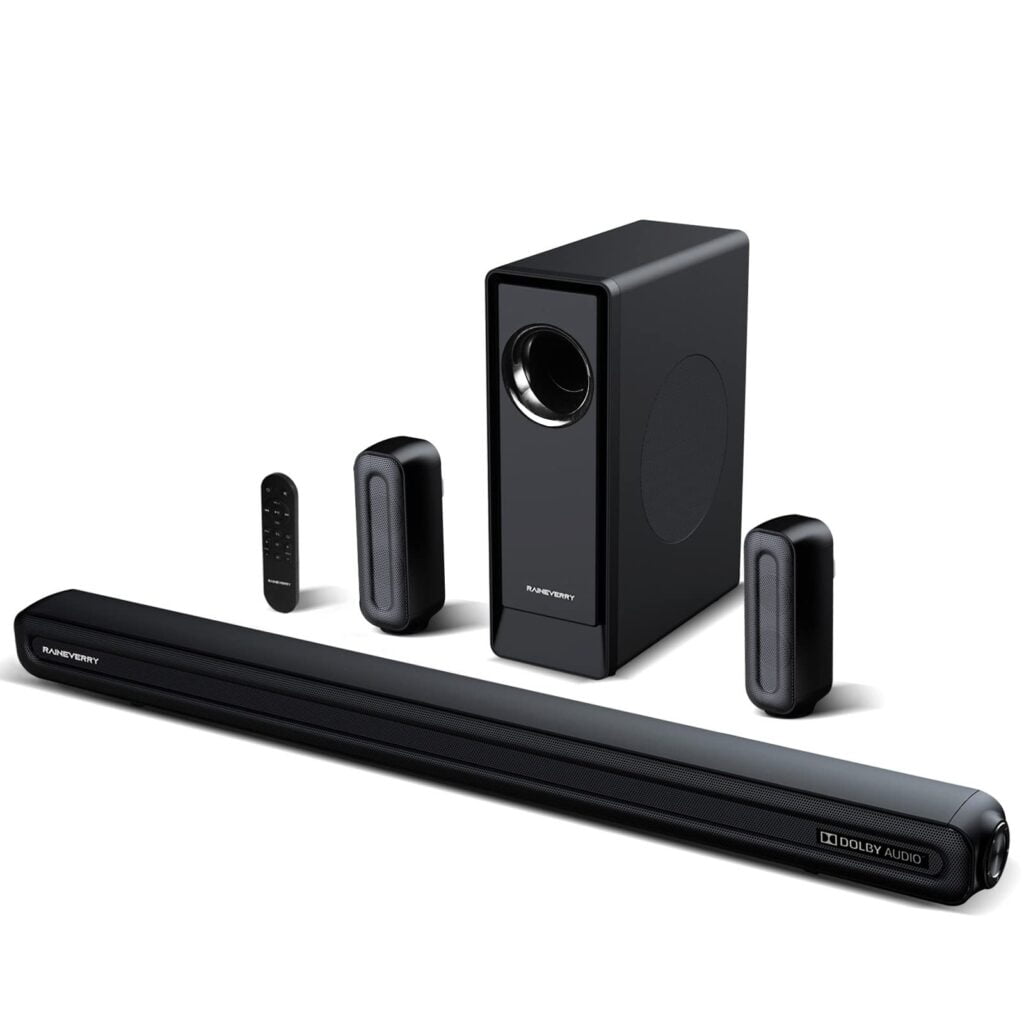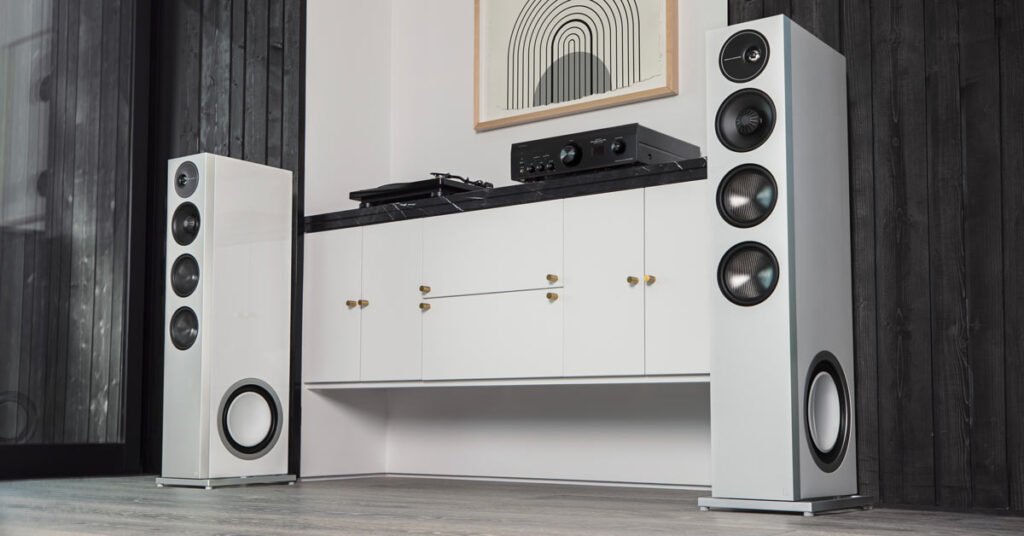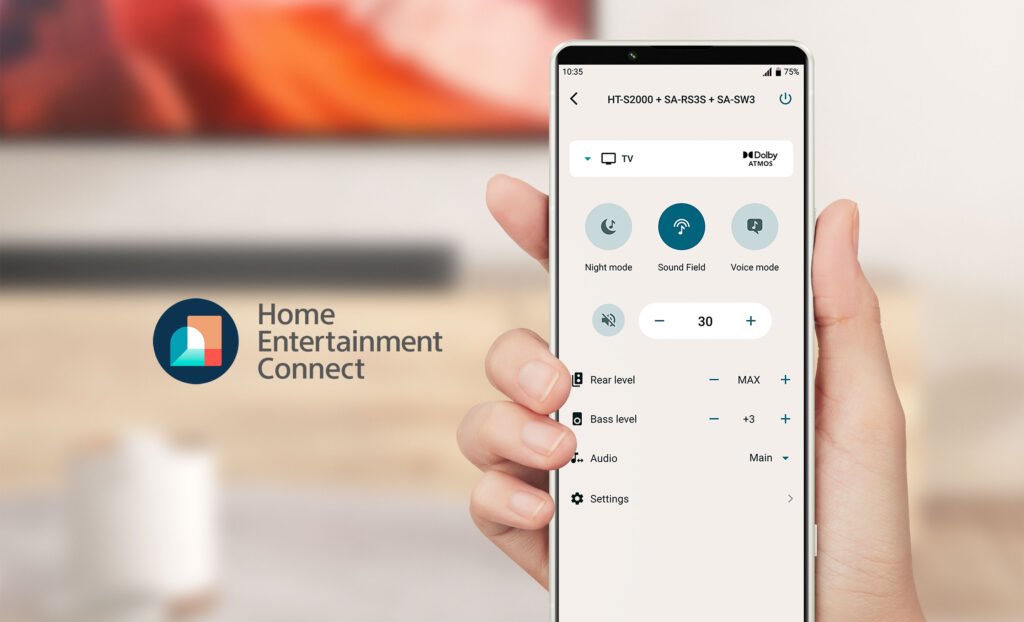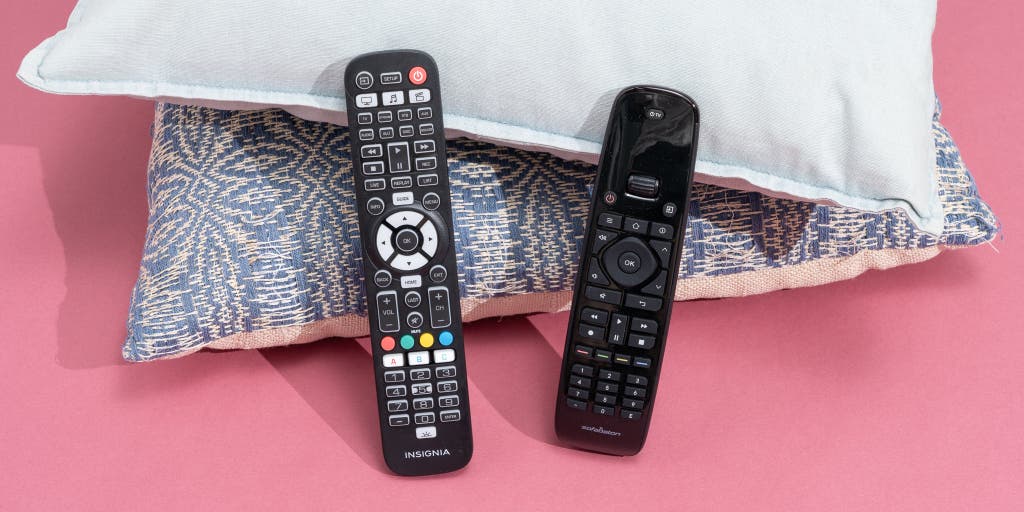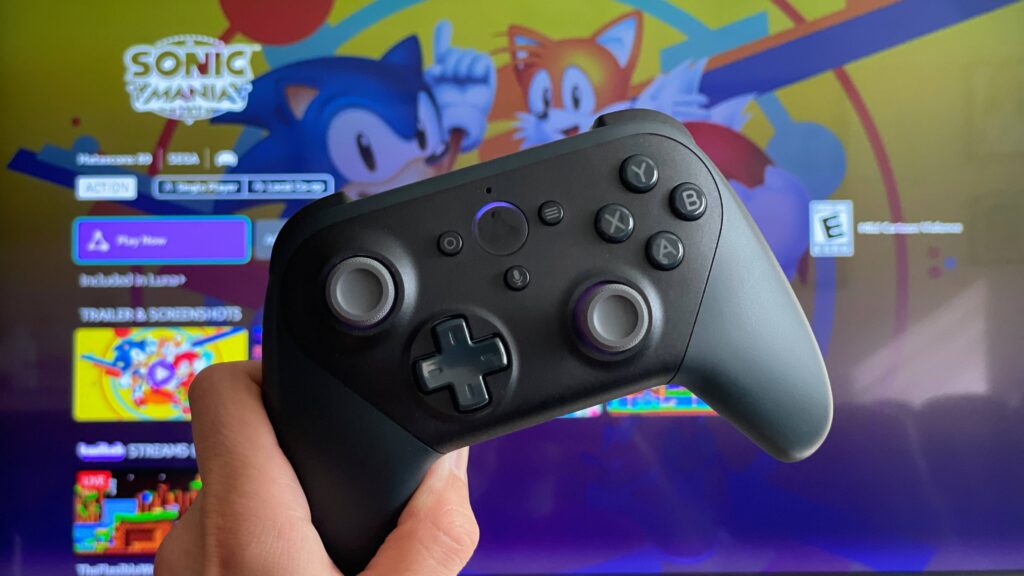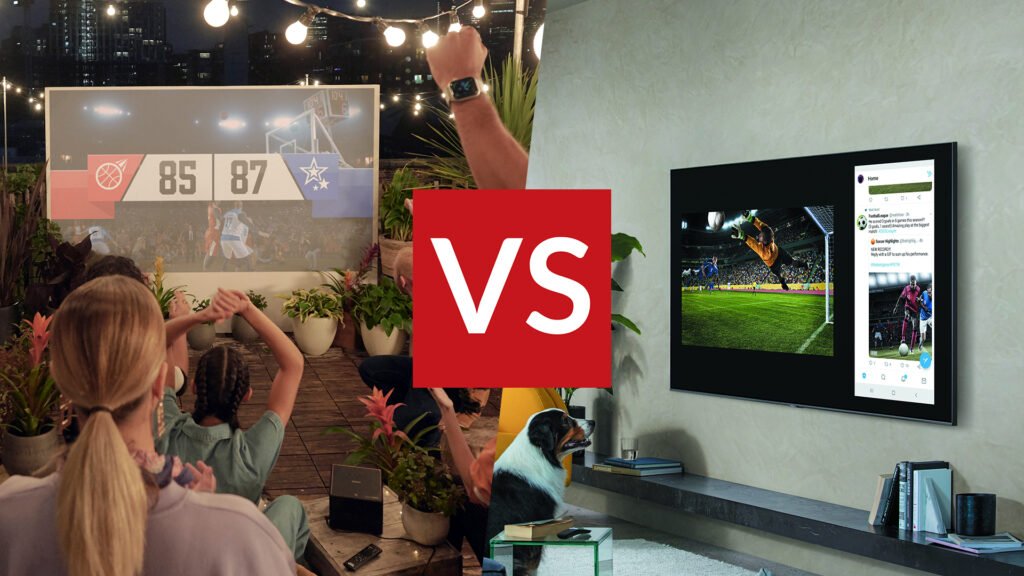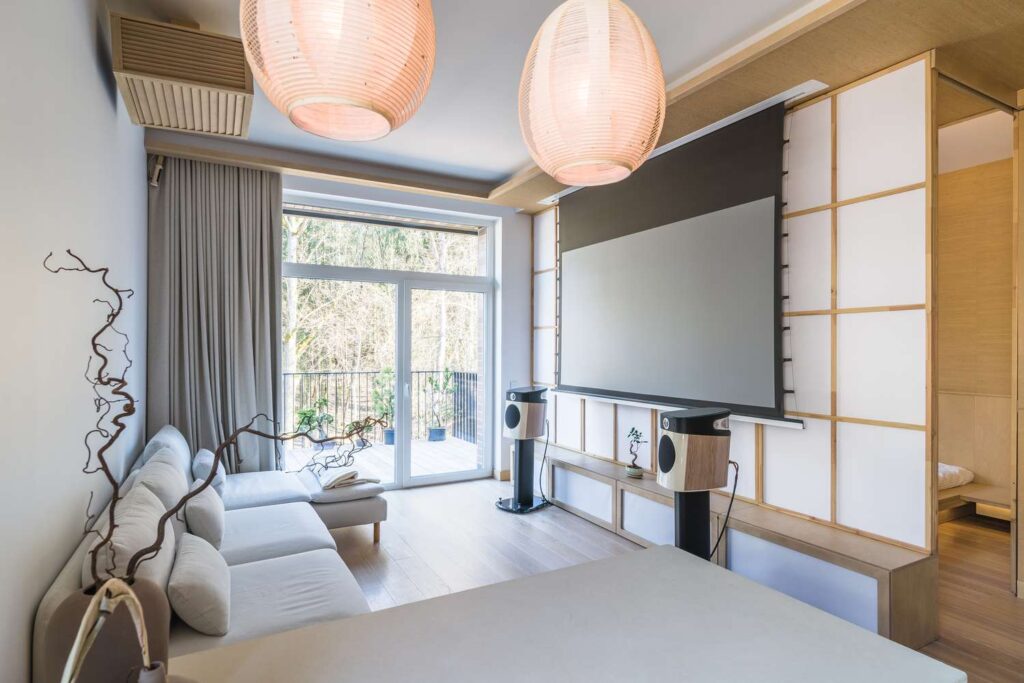How Can I Baby Proof My Home Entertainment Center: Ultimate Guide
Baby proof your home entertainment center by attaching a ¼-inch plexiglass to the shelving and using baby locks on the doors. Elevate electronics and use cord wraps to secure wires and protectors to cover unused outlets. Consider using a small lock on the plexiglass to prevent access to the innerds. Additionally, you can block the area with a gate to keep your baby away from the entertainment center. 1. Introduction To Baby Proofing Home Entertainment Centers The home entertainment center is an important and popular feature in many households, providing endless entertainment options for both adults and children. However, it can also present potential dangers and hazards, especially for curious little ones who are just beginning to explore their surroundings. In this blog post, we will explore the importance of baby proofing your home entertainment center, the potential dangers and hazards it may pose for babies and toddlers, and key considerations for effectively baby proofing this area of your home. Importance Of Baby Proofing The Home Entertainment Center When it comes to ensuring the safety of your child, baby proofing your home entertainment center is essential. This area of your home is filled with various electronic devices, such as televisions, game consoles, wires, and other accessories, which can pose serious risks to young children. By taking the necessary steps to baby proof your entertainment center, you can create a safe environment for your child to play and explore without constant worry. Potential Dangers And Hazards For Babies And Toddlers The potential dangers and hazards within a home entertainment center are numerous. One of the main concerns is the risk of toppling furniture, such as TV stands or shelving units, which can result in serious injuries if they were to fall onto a child. Additionally, little ones may be tempted to grab and pull on wires, which can lead to electrocution or other accidents. TV screens, game consoles, and other electronic devices can also be damaged if not properly secured or protected. Key Considerations For Effective Baby Proofing When it comes to baby proofing your home entertainment center, there are several key considerations to keep in mind. First and foremost, securing heavy furniture to the wall is crucial to prevent tipping accidents. You can use wall anchors or safety straps specifically designed for this purpose. Keeping wires out of reach by using cord wraps or protectors and hiding them behind cabinets or furniture is also important. Investing in baby locks for cabinets or doors to prevent access to devices or fragile components is another essential step. In addition, covering sharp edges or corners with cushioned corner protectors can help prevent injuries. Using a ¼-inch plexiglass or clear material to cover shelving can act as a barrier between your child and breakable items. Lastly, it is always a good idea to teach your child about the hazards of the entertainment center and establish clear boundaries for them. By following these key considerations, you can create a safe and child-friendly environment around your home entertainment center, allowing both you and your child to enjoy the benefits it has to offer without any unnecessary risks. Credit: www.verywellfamily.com 2. Assessing The Risks And Planning Ahead When it comes to baby proofing your home entertainment center, taking the time to assess the risks and plan ahead is crucial. By identifying potential hazards, evaluating the age and developmental stage of your baby or toddler, and creating a comprehensive baby proofing plan, you can ensure a safe and secure environment for your little one. Identifying Potential Hazards In The Home Entertainment Center Before you begin baby proofing your home entertainment center, it’s important to identify potential hazards that could pose a risk to your child’s safety. Take a close look at your TV stand, shelves, cords, and any other equipment in the area. Some common hazards to watch out for include: Sharp edges or corners on furniture Unstable or wobbly TV stands Exposed cords or wires Breakable items within reach Once you have identified these hazards, you can take the necessary steps to eliminate or minimize the risks they pose to your child. Evaluating The Age And Developmental Stage Of The Baby Or Toddler The age and developmental stage of your baby or toddler play a significant role in determining the level of baby proofing required for your home entertainment center. As children grow, their curiosity and motor skills develop, making them more prone to accidents and exploration. Some key factors to consider when evaluating their needs include: Age-appropriate toys and activities to keep them engaged The ability to crawl or walk and reach higher surfaces Understanding of cause and effect, leading to pushing or pulling objects By understanding your child’s abilities and limitations, you can tailor your baby proofing efforts to meet their specific needs, ensuring a safer environment for their exploration. Creating A Comprehensive Baby Proofing Plan Once you have assessed the risks and evaluated your child’s developmental stage, it’s time to create a comprehensive baby proofing plan for your home entertainment center. This plan should outline the specific steps you will take to mitigate potential dangers and create a safe space for your little one. Some key areas to focus on include: Securing furniture to prevent tipping or falling Covering sharp edges and corners with corner guards Using cord organizers to keep wires out of reach Storing breakable items in locked cabinets or higher shelves Your baby proofing plan should address each identified hazard individually, ensuring that no area of the home entertainment center poses a threat to your child’s safety. By being proactive and thorough in your approach, you can provide a secure environment for your little one to explore and play. 3. Securing Tv And Furniture When it comes to baby-proofing your home entertainment center, securing your TV and furniture is of utmost importance. Little ones are curious and love to explore their surroundings, which means they may attempt to climb or pull on the TV and other heavy or tall furniture.
How Can I Baby Proof My Home Entertainment Center: Ultimate Guide Read More »



